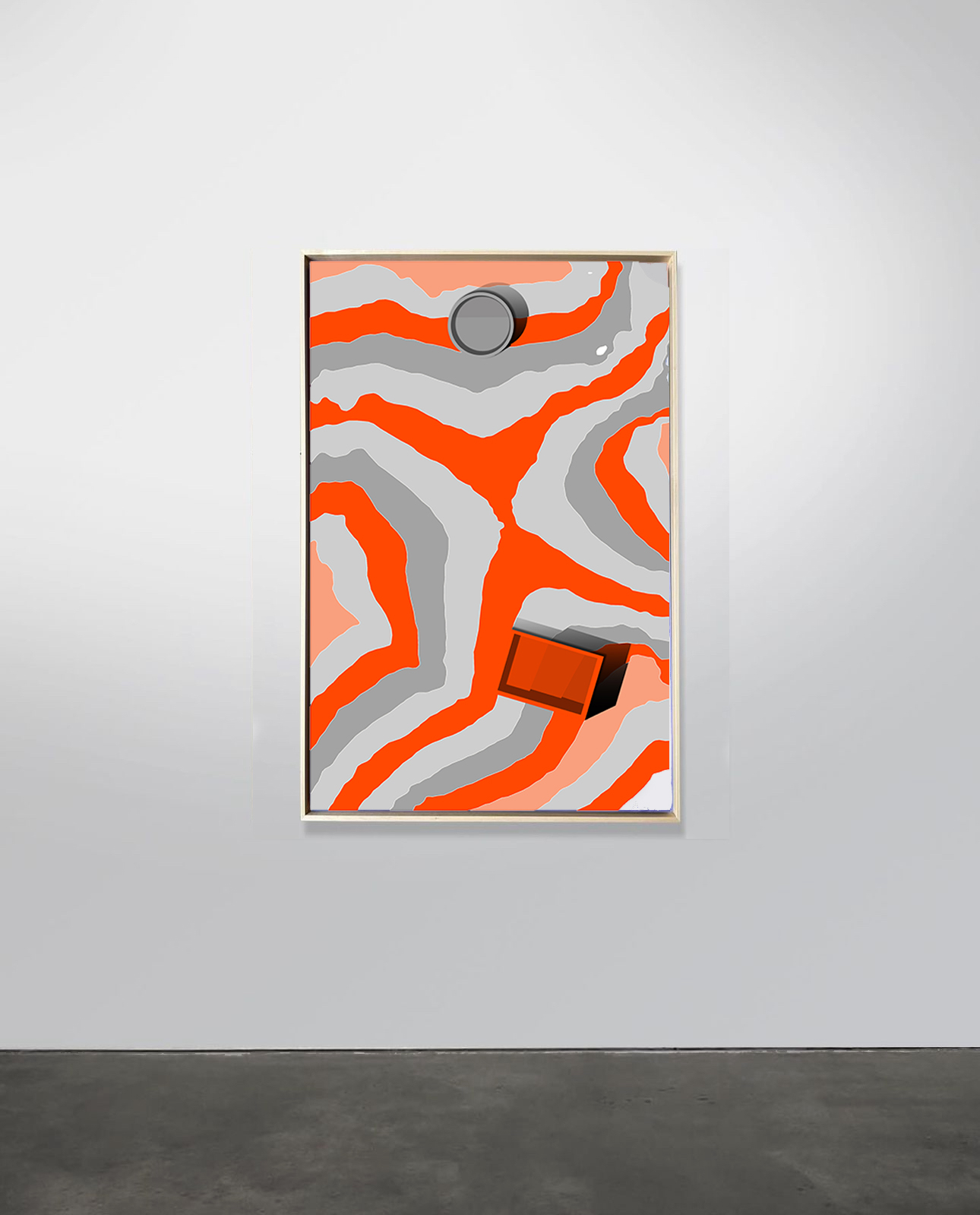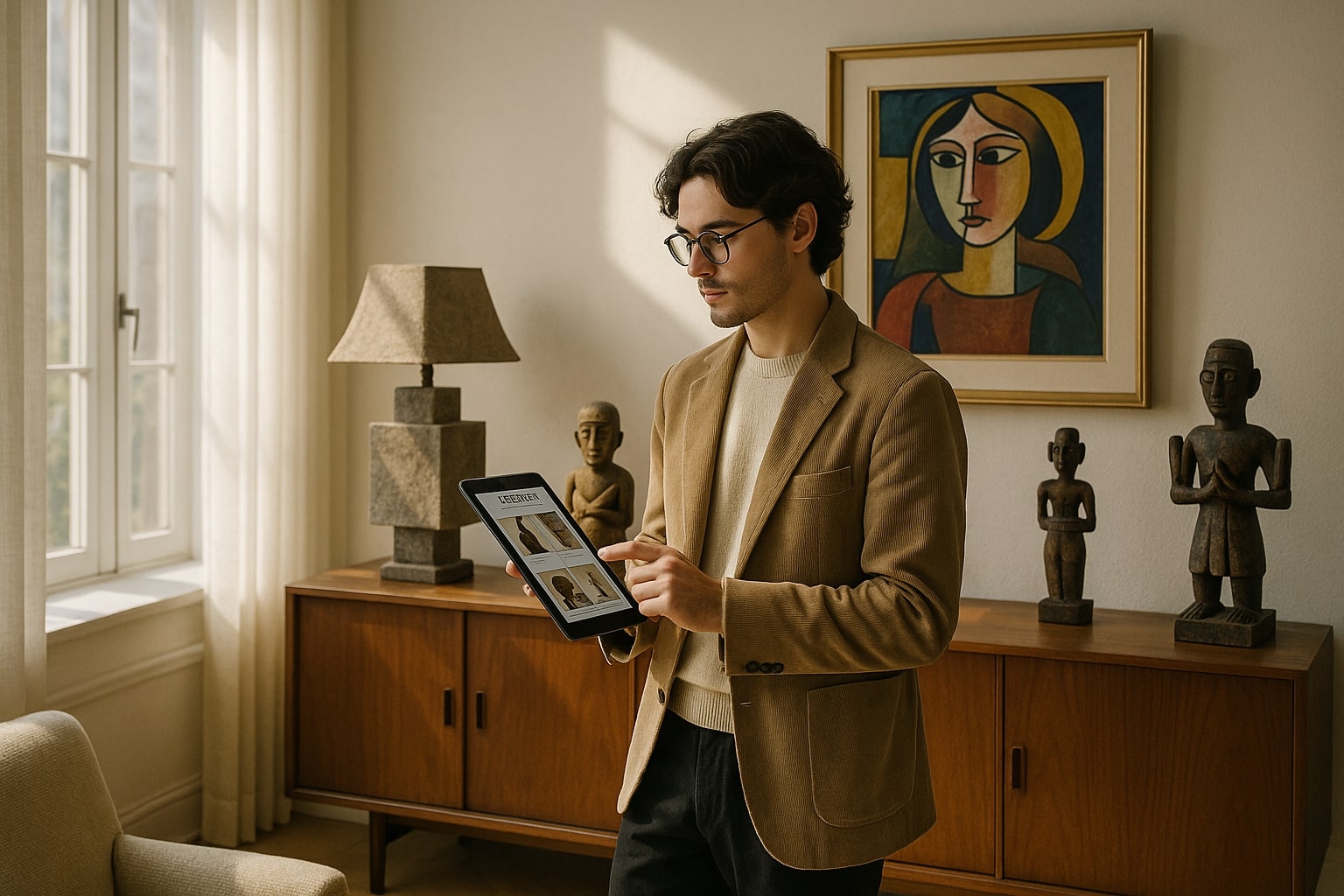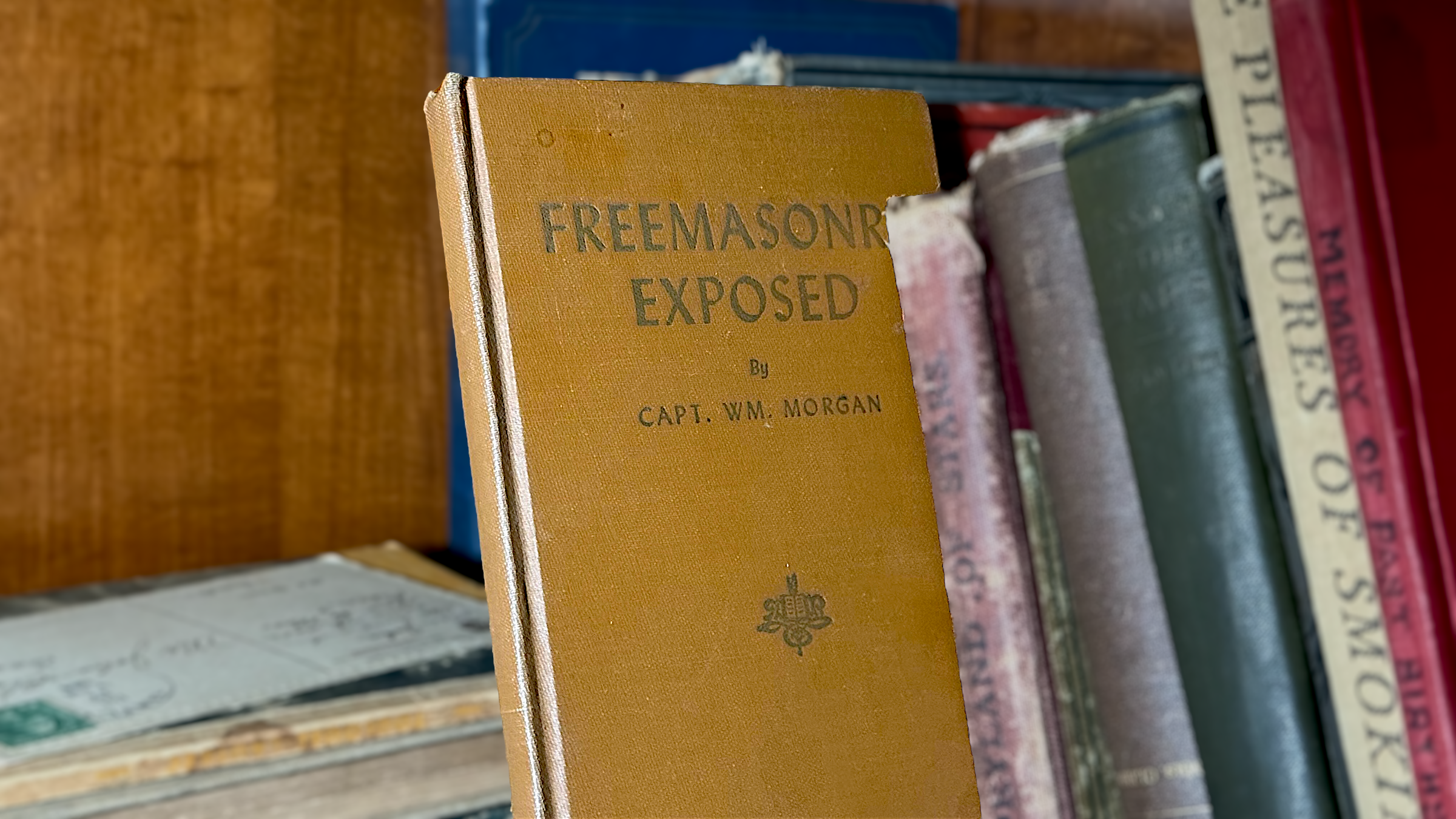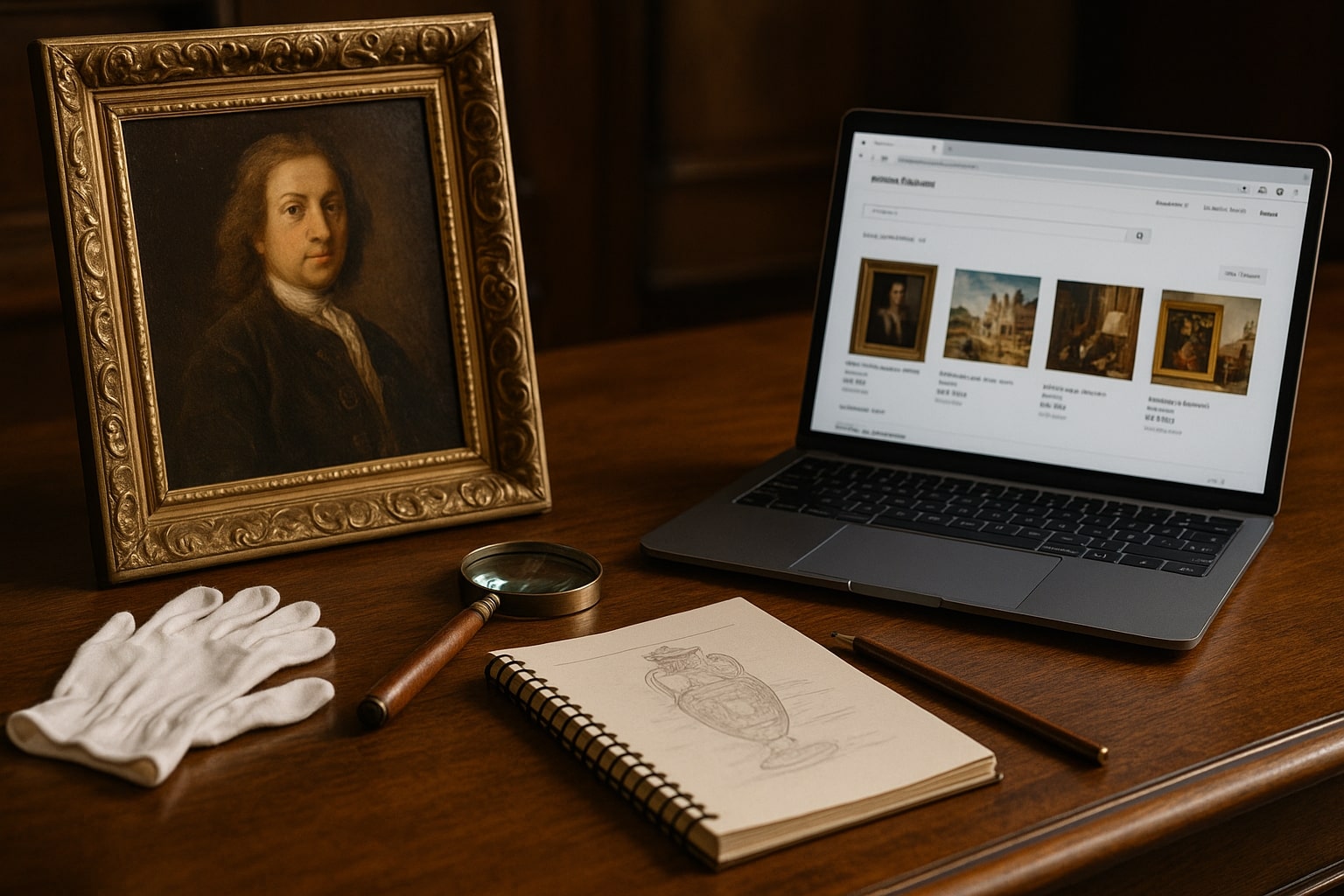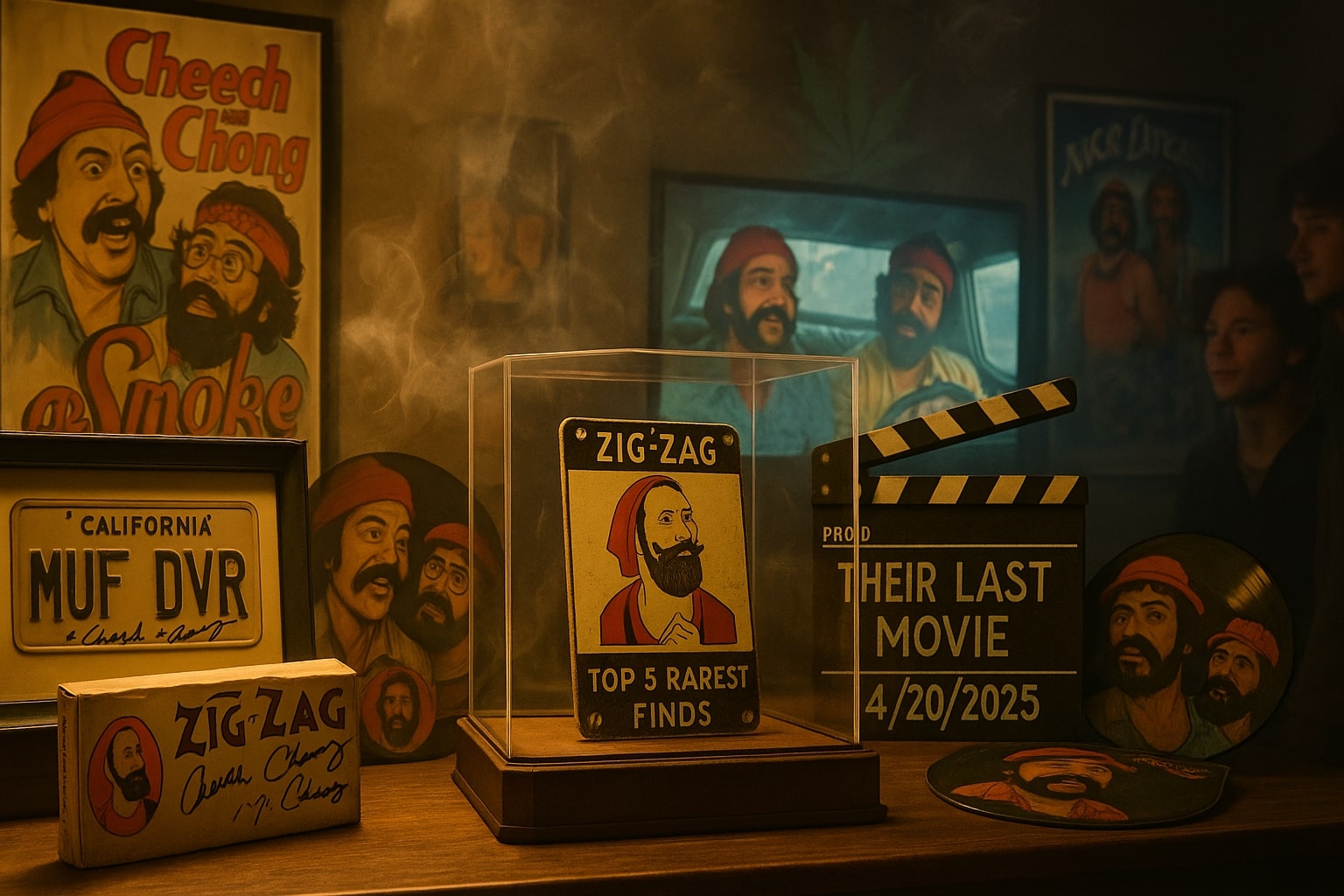TopoArtic: Redefining Contour Art Through Rock Cutting and Shadows
The world of contemporary art is constantly evolving. Few projects, however, challenge traditional methods and narratives as boldly as TopoArtic. Created by Saudi architect and artist Ibrahim Joharji, this groundbreaking project redefines contour art through precision rock cutting, vibrant color gradients, and dynamic shadow play. The result is an immersive experience that blurs the line between art and architecture.
The Concept: Beyond Traditional Contours
TopoArtic moves beyond the flat confines of traditional contour art by adding a third dimension. Unlike conventional approaches that focus solely on two-dimensional gradients, Joharji introduces rock cutting as a sculptural technique.
Each layer of the artwork is meticulously crafted, simulating the way rock formations are carved for construction or sculptural purposes. These geometric cuts produce cavities and shadows that shape the viewer’s perception, inviting reflections on the delicate balance between nature’s organic beauty and human intervention.
Rock Cutting: A Sculptural Perspective
What sets TopoArtic apart is its emphasis on rock cutting as both an art form and architectural method. Each contour transforms into sculptural layers, where every cut reveals a hidden narrative.
The process mimics excavation, unveiling the Earth’s natural textures and patterns. Joharji’s precision creates visual breaks that enhance the interplay of contours while introducing negative space. This negative space adds depth and movement, making light and shadow integral elements of the artwork.
Shadows and Color Gradients: The Language of Depth
Shadows in TopoArtic are more than incidental—they are central to the narrative. As light interacts with the layered contours, shadows amplify the artwork’s sense of depth, bringing it to life.
Complementing these shadows are carefully chosen color gradients. These gradients highlight the topographic layers while evoking emotional connections to the Earth’s rhythms. Together, the shadows and colors create a visual symphony that draws viewers into the artwork.

Cavities: The Dialogue Between Nature and Architecture
Among TopoArtic’s standout features are its sculpted cavities. These voids mimic natural erosion or deliberate human excavation. However, they are more than aesthetic additions.
The cavities symbolize resilience, showing how the Earth adapts to external forces. By incorporating these elements, TopoArtic fosters a profound dialogue between natural landscapes and human intervention, demonstrating how the two can coexist harmoniously.
The Artist: Ibrahim Joharji
Ibrahim Joharji’s dual identity as an architect and artist allows him to bridge the gap between precision and creativity. Through TopoArtic, he establishes a unique visual language that celebrates Earth’s natural forms while challenging traditional artistic techniques.
Joharji’s fascination with topography and the impact of human activity on natural landscapes inspired this project. By integrating architectural methods like cutting and layering into his art, he creates pieces that are visually stunning and conceptually deep.
TopoArtic’s Impact on Contemporary Art
TopoArtic is more than an art project—it is a bold statement. By focusing on the geometry of contours, the dynamic play of light and shadow, and the symbolism of cavities, it reimagines the possibilities of contour art.
Joharji’s work demonstrates how art and architecture can collaborate to interpret the natural world in new ways. His innovative approach pushes boundaries and inspires both art enthusiasts and architectural thinkers.
Explore TopoArtic
To delve deeper into Ibrahim Joharji’s groundbreaking project, visit the official TopoArtic section on his website. For more insights into contemporary art, check out:
Conclusion
Through TopoArtic, Ibrahim Joharji redefines the possibilities of contour art. By merging natural forms with precise craftsmanship, he creates a visual narrative that captivates audiences and challenges conventions. This project is a testament to the beauty that emerges when creativity meets Earth’s design.

